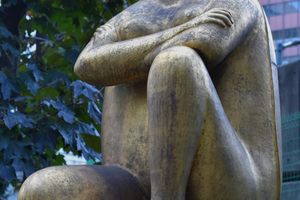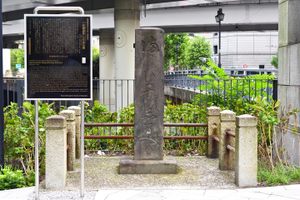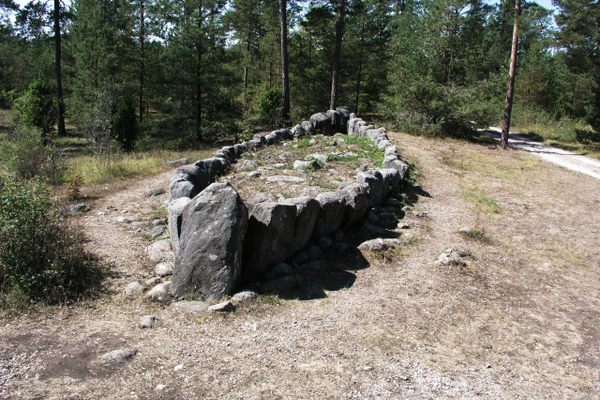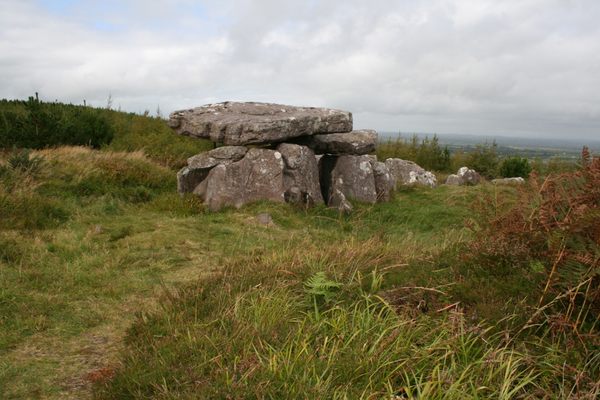About
Taira no Masakado is quite a fascinating figure. A fierce samurai belonging to the Taira clan, he started a series of rebellions against Emperor Suzaku around the year 935. Eventually he managed to establish a new dynasty, only to fall barely two months later in a battle led by the Emperor’s loyal samurai troops.
After his death, myriad legends were told throughout Japan, often supernatural. In one, Masakado's daughter, Princess Takiyasha, appeared as a witch summoning an enormous skeleton monster. This episode was depicted in the famous ukiyo-e painting by Utagawa Kuniyoshi in the 19th century.
Another well-known myth holds that when Masakado's decapitated head was on display near a river bank in Kyoto, it opened its eyes and kept grinding its teeth for months thereafter, not showing a sign of decomposition. Every night it cried, "Where is my body? Come here and fight me again!" until a poet sang a poem that made Masakado laugh and fly away. It is said that his head landed on several spots in the Kantō region, more than 280 miles away from Kyoto. Shrines deifying the dead samurai were built on those sites.
The kubizuka (head-mound) or "grave" of Taira no Masakado in the Ōtemachi district, Tokyo, is possibly the most noteworthy of these shrines. A kofun (burial mound) was constructed there in the 4th-6th centuries and it has been believed that the spot is rich in spiritual powers. According to popular lore, the shrine was established by a traveling Buddhist monk in 1307 in order to calm Masakado's vengeful spirit, who had been vexing local townspeople.
It has long been believed that disrespect to Masakado's grave would be punished with a curse. When a massive earthquake destroyed the city of Tokyo in 1923, the Ministry of Finance planned to establish a new building here, but it was canceled after the minister and construction workers died mysteriously. Likewise, the American occupation's plan to set the shrine aside to rearrange the district was canceled due to a series of inexplicable accidents. Rumors also (incorrectly) say that nearby buildings have no windows so that office workers don't look down on the grave.
If you visit Masakado's grave, you'll see that it's surrounded by stone figures of frogs and toads. This derives from the legend that Masakado could manipulate toads at will, as well as the Japanese pun on the word kaeru, which means "frog" and "to return," referring to the return of Masakado's head from Kyoto to Kantō. Office workers who are to go on business trips often bring their own frog figures to wish to make it back safely.
For decades, the shrine has been maintained and kept clean by a local volunteer group. Their funds come from donations and, remarkably, are deposited in the bank account under the name Taira no Masakado.
Related Tags
Know Before You Go
A mere minute's walk from Ōtemachi Station.
Hidden Japan: Sado Island, Nara & Kyoto
Explore a different side of Japan.
Book NowPublished
May 6, 2020









































